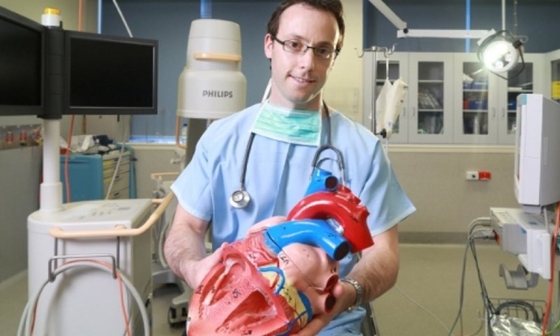Assessment of pain relief during heart attack
Associate Professor Dion Stub, Monash University
2019 Vanguard Grant
Years funded: 2020-2022
Heart attacks remain the leading single cause of death in Australia. This is despite many advances to medications and treatments. The treatment of chest pain with opioid pain medications has been a standard of care by pre-hospital and in-hospital providers in patients with heart attacks for decades. Recently it has been demonstrated that opioids may interfere with blood thinning medications that are vital to improving patient outcomes after a heart attack. This may lead to heart vessels being blocked for longer and worsen patient outcomes. There are other pain medications available that do not interfere with blood thinners based on current available information. One of these is called lignocaine and is an anaesthetic agent which is already used by paramedics to treat severe pain.
The LIVE-OASIS study will the first randomised trial comparing lignocaine to opioids to determine if it is as effective in relieving pain and also if it will reduce the size of heart attacks and improve outcomes by not interfering with blood thinners. The response to these pain medications will be recorded and compared. Blood tests measuring heart muscle damage from the heart attack will also be recorded and compared. Additionally, some patients will have heart MRIs so that the size of the heart attack in each group can be compared. The side effects of both medications will be recorded to ensure lignocaine is at least as safe as morphine. The study will recruit 300 patients to see if lignocaine should be used instead of fentanyl for treating chest pain in patients with heart attacks. This study could have major implications for international guidelines in the treatment of heart attacks.
You might also be interested in...

Q&A with Associate Professor Dion Stub
Looking at how patients are treated when their heart stops beating, and how a better job can be done of getting more people through that trauma.

Inotropes in cardiogenic shock
Inotropes in cardiogenic shock

Associate Professor Dion Stub
Pre-hospital point-of-care troponin and risk assessment in chest pain patients
Last updated12 March 2024